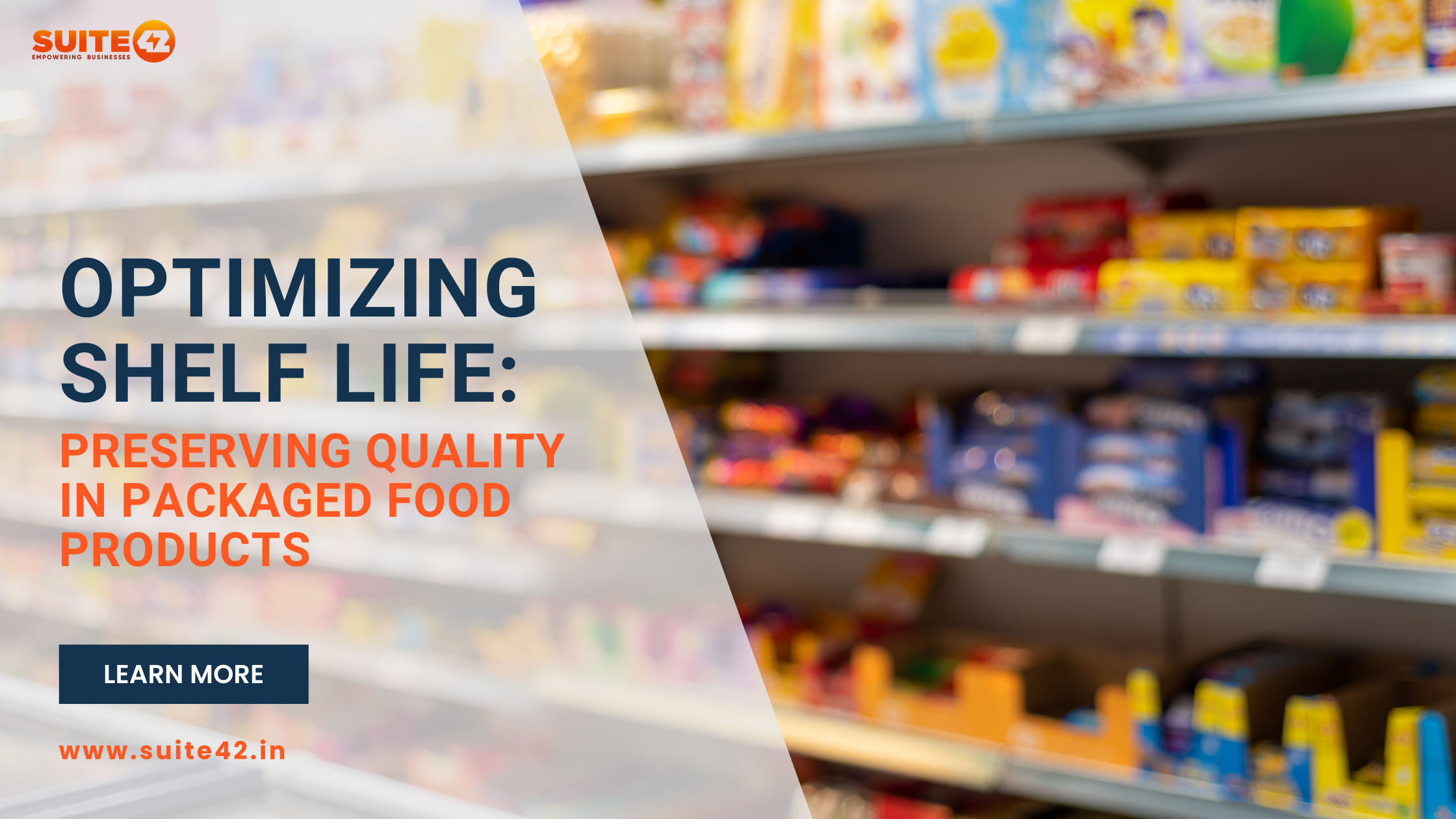
Optimizing Shelf Life: Preserving Quality in Packaged Food Products
The Essential Role of Shelf Life in Food Manufacturing
Shelf life is a cornerstone of food manufacturing, impacting not only the product’s quality but also brand perception and customer satisfaction. Consumers prioritize freshness, and prolonged shelf life often correlates with a superior product experience. Food manufacturers recognize that maintaining food shelf life is crucial in the competitive market, where product quality and longevity influence brand reputation. At the same time, the pressure to minimize waste and reduce costs means that extending shelf life is as much a commercial strategy as it is a quality control measure.
Why Shelf Life Matters for Quality, Safety, and Customer Satisfaction
Food shelf life extends beyond mere expiration dates on packaging. It encompasses the period during which a food item retains its intended taste, texture, nutritional value, and safety for consumption. When manufacturers focus on food preservation techniques to extend shelf life, they enhance customer satisfaction by delivering consistent quality. Moreover, food that lasts longer is less likely to contribute to food waste, aligning with sustainability goals and meeting environmentally conscious consumer expectations. In essence, prioritizing shelf life is a commitment to delivering safe, high-quality products that satisfy and retain customers.
Balancing Freshness with Longevity: The Business and Environmental Impacts of Extended Shelf Life
Extended food shelf life allows manufacturers to reach broader markets, reduce the frequency of restocking, and optimize inventory management. However, balancing freshness with extended longevity presents a challenge. While chemical preservatives are a quick fix, today’s consumers increasingly favor natural solutions, pushing companies to adopt innovative and sustainable food preservation techniques. Optimizing shelf life can lead to reduced waste, less environmental impact, and improved profitability—a win-win for businesses and the planet.
An article that might interest you: The Future of Food: How Food Contract Manufacturing Can Help You Adapt to Emerging Trends
The Science Behind Shelf Life: What Affects How Long Food Lasts?
Shelf life is inherently scientific, governed by environmental and biological factors that influence food quality over time. Each of these factors—from temperature and humidity to light exposure and microbial growth—affects how quickly or slowly a product deteriorates. Understanding these factors allows manufacturers to employ targeted food preservation techniques that combat spoilage effectively.
Key Factors Influencing Shelf Life: Temperature, Light, and Microbial Activity
Temperature fluctuations can accelerate microbial growth, significantly reducing shelf life. Certain packaging solutions, such as refrigeration-friendly containers or light-blocking films, help protect against these risks. Exposure to light can cause rancidity in fats and oils, and it can degrade vitamins, impacting both the taste and nutritional quality of foods. Microbial activity, on the other hand, is a more complex challenge, often managed through packaging innovations that create hostile environments for bacteria and fungi, thus extending food shelf life naturally.
How Packaging and Storage Conditions Can Make or Break Product Longevity
Proper packaging is essential in controlling environmental factors. From specialized storage facilities to innovative packaging solutions, each element plays a role in preserving product integrity. Even minute details, such as controlling moisture levels, can significantly impact a product’s durability. Effective storage conditions and intelligent packaging choices not only extend shelf life but also reduce dependency on preservatives, supporting cleaner labeling and meeting consumer demand for fewer additives.
Popular Methods for Extending Shelf Life in Packaged Foods
Modified Atmosphere Packaging (MAP): How Changing the Air Inside Helps Preserve Freshness
Modified Atmosphere Packaging (MAP) is a popular technique for extending shelf life by altering the internal atmosphere of a food package. MAP replaces oxygen with gases like nitrogen or carbon dioxide, slowing down the oxidation and microbial processes that cause spoilage. This technique is highly effective for products like meats, cheeses, and baked goods, where maintaining freshness is key. MAP is also a leading choice for businesses seeking packaging solutions for food shelf life without adding synthetic preservatives.
Vacuum Sealing: Removing Air for a Long-Lasting Impact on Quality and Safety
Vacuum sealing removes air from packaging, creating a low-oxygen environment that hinders the growth of aerobic bacteria and molds. This technique is particularly effective for meats, seafood, and prepared meals. How to extend shelf life in packaged food can often come down to vacuum sealing when freshness and product safety are paramount. Vacuum-sealed foods are also less prone to freezer burn, an added advantage for products stored at low temperatures.
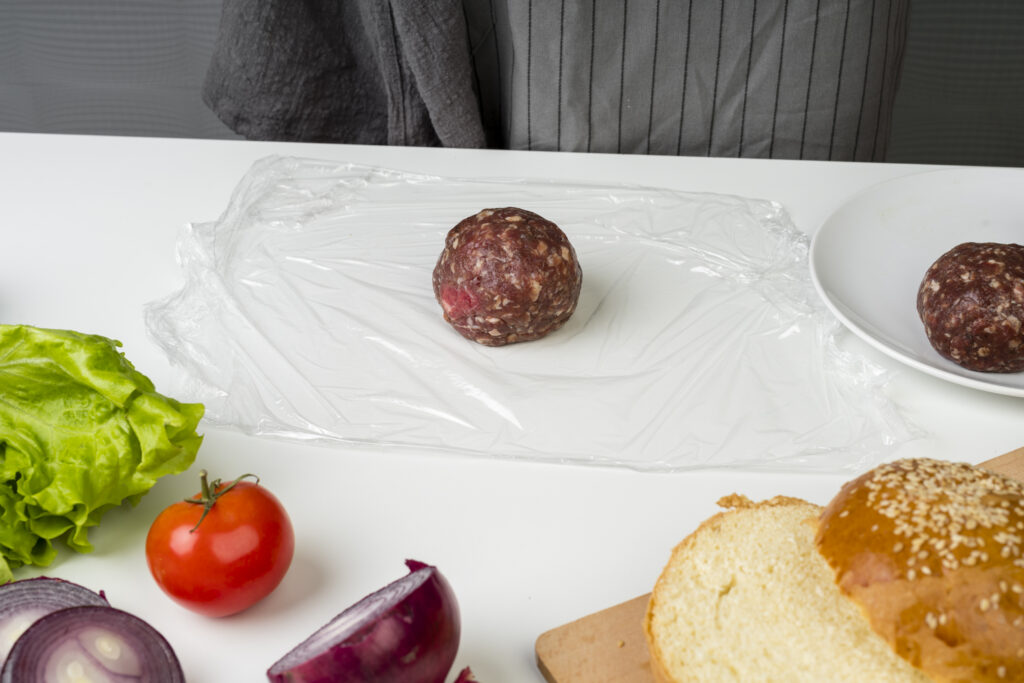
Natural Preservatives: The Growing Demand for Chemical-Free Solutions
In response to consumers’ preference for clean labels, many brands are turning to natural preservatives. Ingredients like rosemary extract, green tea extract, and vinegar are gaining traction as safe, effective, and natural food preservation techniques. These natural preservatives not only extend shelf life but also cater to health-conscious consumers who seek chemical-free options. Natural preservatives support the best methods for food shelf life extension without compromising on taste or quality.
Packaging Innovations Revolutionizing Food Shelf Life
Moisture Control Technology: Keeping Dry Foods Crisp and Moist Foods Fresh
Moisture control is vital in both dry and moist food products. For instance, potato chips require dry environments to stay crisp, whereas items like fresh produce need moisture retention to stay plump and appetizing. Moisture control technology addresses both needs by absorbing or retaining moisture as required, creating the ideal environment for each product type.
Oxygen Barriers: How Preventing Oxygen Exposure Boosts Freshness and Longevity
Oxygen is a primary culprit in food spoilage, promoting microbial growth and accelerating oxidation. Oxygen barriers in packaging block air from entering, effectively reducing spoilage risks and extending shelf life. For foods prone to oxidation, such as nuts and dried fruits, oxygen barriers play a critical role in preservation, offering brands the best methods for food shelf-life extension.
Multi-Layered Films: Maximizing Shelf Life with Advanced Packaging Structures
Multi-layered films combine several layers of materials to create packages that shield products from light, moisture, and oxygen. This packaging innovation extends food shelf life considerably, as each layer serves a distinct protective function. Multi-layered films are ideal for products with complex preservation needs, ensuring that quality, flavor, and freshness are maintained over time.
Suite42’s Approach to Packaging in Contract Manufacturing
How Suite42 Helps Brands Optimize Packaging for Shelf Life and Product Quality
Suite42 specializes in providing contract manufacturing solutions tailored to the needs of each client. By focusing on food packaging innovations and custom packaging solutions for food shelf life, Suite42 ensures that brands can deliver high-quality, long-lasting products to their customers. Suite42 combines scientific research with industry insights to offer packaging strategies that enhance shelf life without compromising quality.

Custom Solutions for Small and Large-Scale Brands: A Look into Suite42’s Packaging Services
Suite42 offers custom packaging solutions that cater to brands of all sizes. From small-scale startups to large-scale enterprises, Suite42 delivers solutions that align with each client’s goals and resources. By focusing on the product’s unique preservation needs, Suite42 helps companies make informed decisions on how to extend the shelf life of packaged food, promoting quality, safety, and cost-effectiveness.
Sustainable, Cost-Effective Packaging Techniques for Enhanced Product Freshness
Suite42 prioritizes sustainable practices in its packaging solutions, focusing on materials and processes that minimize environmental impact while enhancing freshness. By combining sustainability with shelf life extension, Suite42 helps brands meet consumer demand for eco-friendly options and contributes to reducing food waste on a broader scale.
Choosing the Right Packaging Solution for Maximum Shelf Life
How to Assess Shelf Life Needs Based on Product Type and Distribution Channels
Shelf life requirements differ by product type, and distribution channels play a critical role in determining appropriate packaging. Products shipped long distances, for instance, require durable packaging that can withstand transport conditions. Assessing these variables ensures that brands choose the most effective food packaging innovations to meet their shelf-life goals.
Cost vs. Quality: Finding the Sweet Spot in Packaging Investments for Extended Shelf Life
Striking a balance between cost and quality in packaging is vital for manufacturers. Investments in food shelf life solutions can yield substantial returns in terms of brand loyalty, waste reduction, and market reach. Finding this equilibrium ensures both profitability and quality, fostering a sustainable approach to food manufacturing.
An article that might interest you: Navigating the Challenges of Clean-Label Food Manufacturing
Case Studies: How Shelf Life Extension Transformed Product Success
Real-World Examples of Packaging Upgrades Reducing Waste and Boosting Sales
Many brands have achieved remarkable success by upgrading their packaging. Case studies show that enhanced packaging not only reduces waste but also drives sales by improving product quality. Examples include companies in the snack industry using MAP to retain crispness and freshness, resulting in positive customer feedback and repeat purchases.
How Extended Food Shelf Life Helped Companies Enter New Markets and Reduce Supply Chain Challenges
For many food brands, extending shelf life has facilitated market expansion by allowing products to reach distant markets without compromising quality. Extended shelf life also reduces supply chain complexities, as products can remain viable longer in transit and storage, reducing waste and ensuring consistent quality.
Common Mistakes in Shelf Life Management and How to Avoid Them
Overlooked Packaging Errors That Lead to Premature Spoilage
Packaging errors, even minor ones, can significantly impact product shelf life. Common oversights—such as inadequate sealing, incorrect storage instructions, or inappropriate packaging materials—can lead to early spoilage, tarnishing a brand’s reputation. Utilizing well-researched packaging solutions for food shelf life can mitigate these issues, helping manufacturers maintain product quality and build consumer trust. Correctly executed packaging, aligned with the product’s storage and usage conditions, prevents common pitfalls, and extends shelf life.
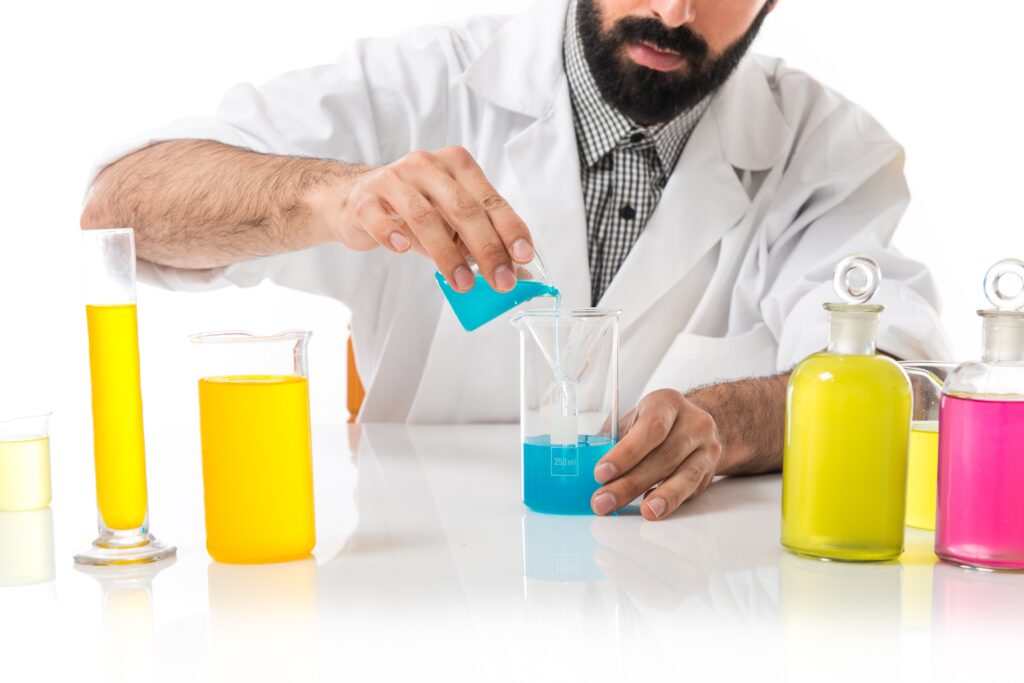
Relying Solely on Additives: Why Good Packaging Should Be the First Defense
While preservatives can extend food shelf life, overreliance on additives may compromise taste and quality. Furthermore, health-conscious consumers increasingly favor products with fewer additives, prompting brands to turn toward food packaging innovations as a first line of defense. High-quality packaging preserves freshness naturally, reducing the need for chemical preservatives and aligning with consumer preferences for cleaner labels.
Future Trends: What’s Next in Shelf Life Optimization and Food Packaging
Edible Coatings and Biodegradable Packaging: Extending Shelf Life Sustainably
The food industry is witnessing a surge in food packaging innovations aimed at sustainability. Edible coatings, made from natural ingredients, offer a barrier that protects products without generating packaging waste. Biodegradable packaging, too, is gaining popularity, providing a sustainable solution for extending shelf life. These advancements not only align with environmental goals but also enhance product quality, catering to eco-conscious consumers and offering brands innovative ways to achieve the best methods for food shelf life extension.
The Role of Smart Packaging in Monitoring Freshness and Reducing Waste
Smart packaging technology represents a forward-thinking approach to shelf life management. Equipped with sensors or indicators, smart packaging can monitor product freshness in real time, alerting consumers to optimal usage windows. This technology empowers both brands and consumers to minimize waste, ensuring products are consumed while still fresh. Smart packaging enhances food preservation techniques by bridging innovation and user engagement, providing a practical solution to the shelf life challenge.
An article that might interest you: Sustainability in Focus: Exploring Eco-Friendly Practices in Food Manufacturing
How to Balance Shelf Life with Taste, Texture, and Nutritional Quality
The Trade-offs of Preservation: Maintaining Quality without Compromising Flavor or Nutrition
Extending shelf life should not come at the expense of a product’s sensory and nutritional appeal. Preservation techniques and packaging choices must strike a balance, ensuring that flavors remain vibrant, textures unaltered, and nutritional content intact. Successful brands focus on how to extend the shelf life of packaged food without compromising these qualities, utilizing advanced preservation techniques and consumer-friendly solutions.
Case Examples of Successfully Balancing Freshness with Shelf Life in Packaged Foods
Some brands have excelled at maintaining freshness alongside extended shelf life. For instance, refrigerated juices that retain flavor, color, and vitamin content even after prolonged storage have achieved commercial success. By investing in food preservation techniques that preserve sensory qualities, these brands satisfy discerning customers who expect both freshness and longevity.
Strategies for Food Manufacturers: Implementing Shelf Life Improvements
Practical Tips for Food Manufacturers Looking to Extend Shelf Life on a Budget
Shelf life optimization does not always require large investments. Simple adjustments, such as refining packaging materials or improving storage conditions, can yield substantial improvements. Manufacturers can test small-batch packaging innovations or work with contract manufacturers like Suite42 to find cost-effective packaging solutions for food shelf life that meet both budget and quality requirements.
Steps to Test and Validate New Shelf Life Solutions Before Market Rollout
Validation is crucial to ensure that shelf life extension methods perform as intended. Before the market rollout, food manufacturers should conduct comprehensive testing, including sensory and microbial analysis, to confirm that shelf life is enhanced without compromising quality. Through rigorous testing, brands can confidently introduce products that not only last longer but also deliver the premium experience that consumers expect.
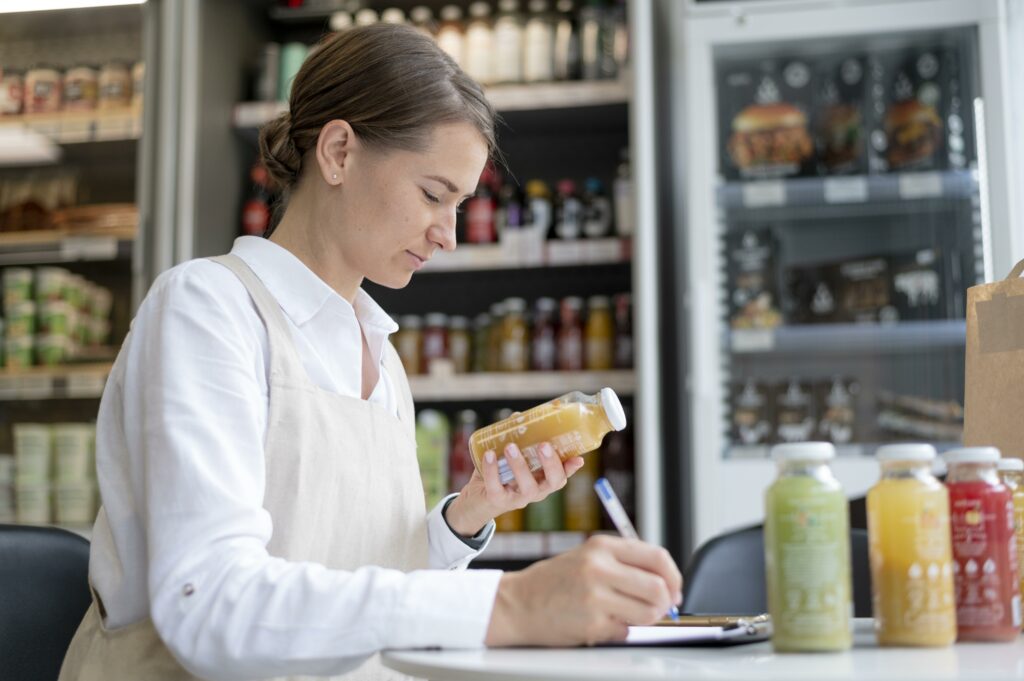
Achieving Longer Shelf Life with Innovation, Insight, and Intent
A thoughtful approach to shelf life extension can unlock significant benefits for food brands, from waste reduction to enhanced consumer satisfaction. By employing food packaging innovations and food preservation techniques that are scientifically sound, environmentally friendly, and consumer-centered, manufacturers can establish products that meet the modern market’s demand for quality and longevity. Embracing innovation in how to extend shelf life in packaged food supports a brand’s commitment to excellence, empowering it to succeed in today’s competitive landscape while minimizing its environmental footprint.


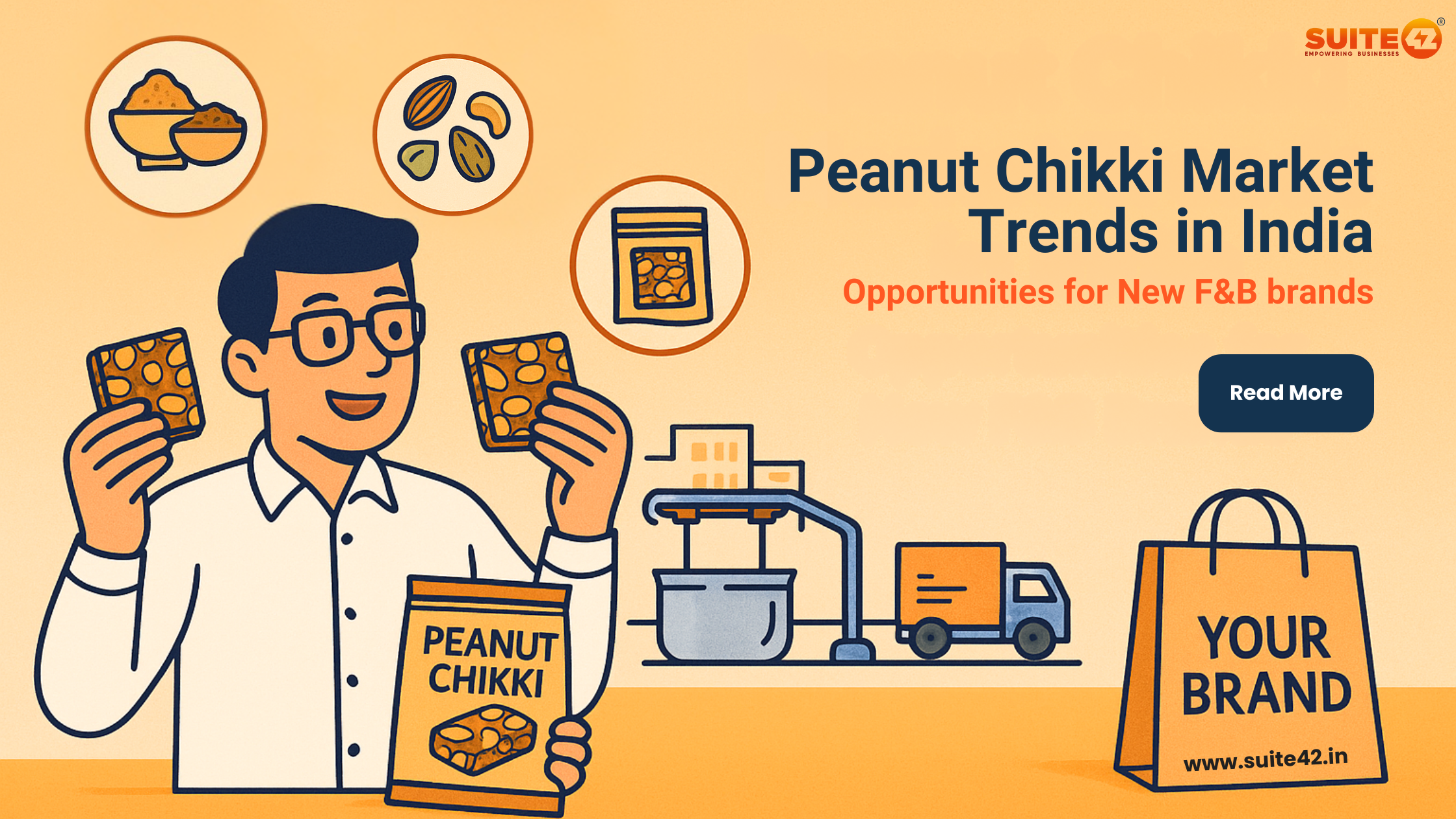
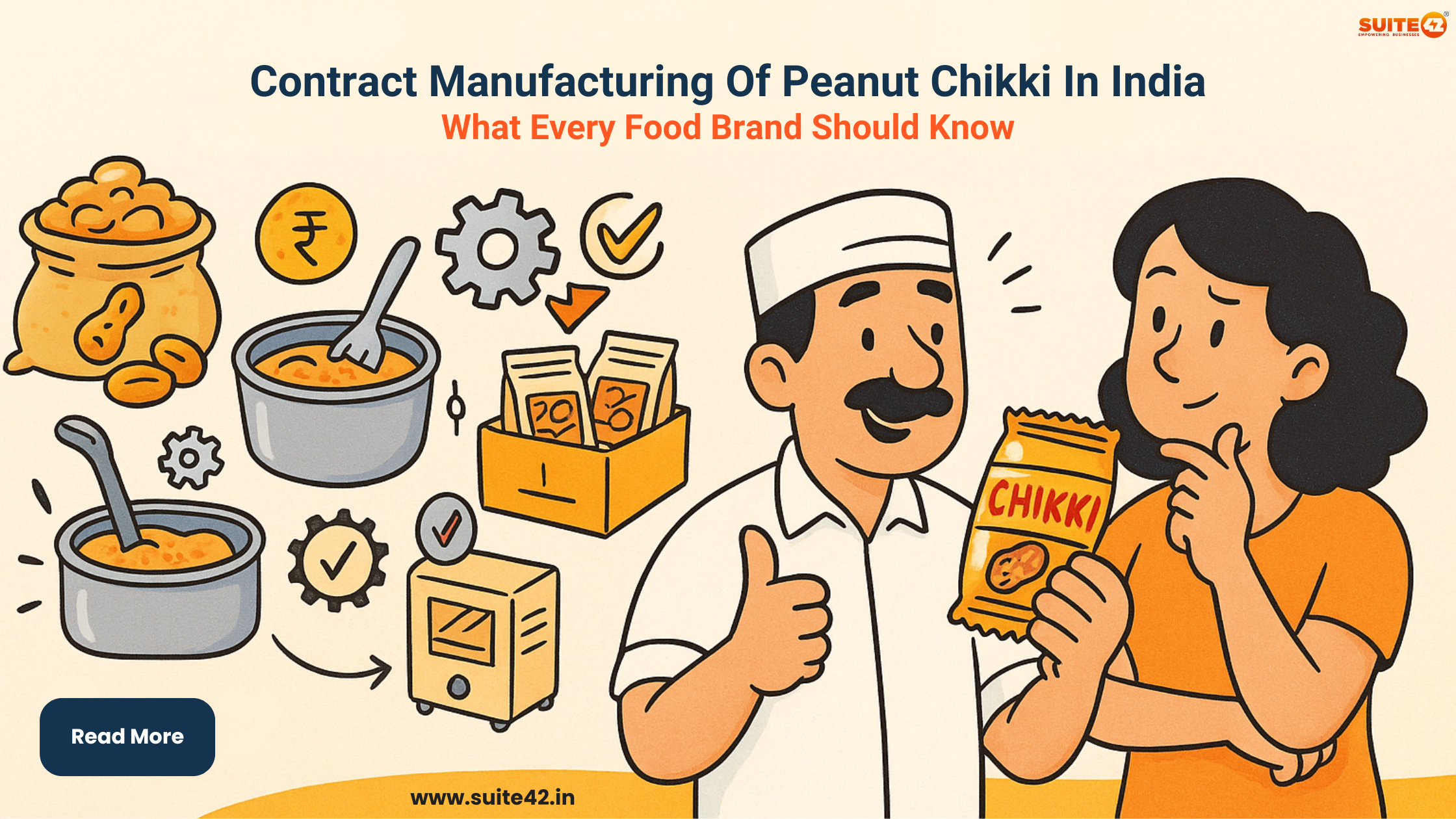
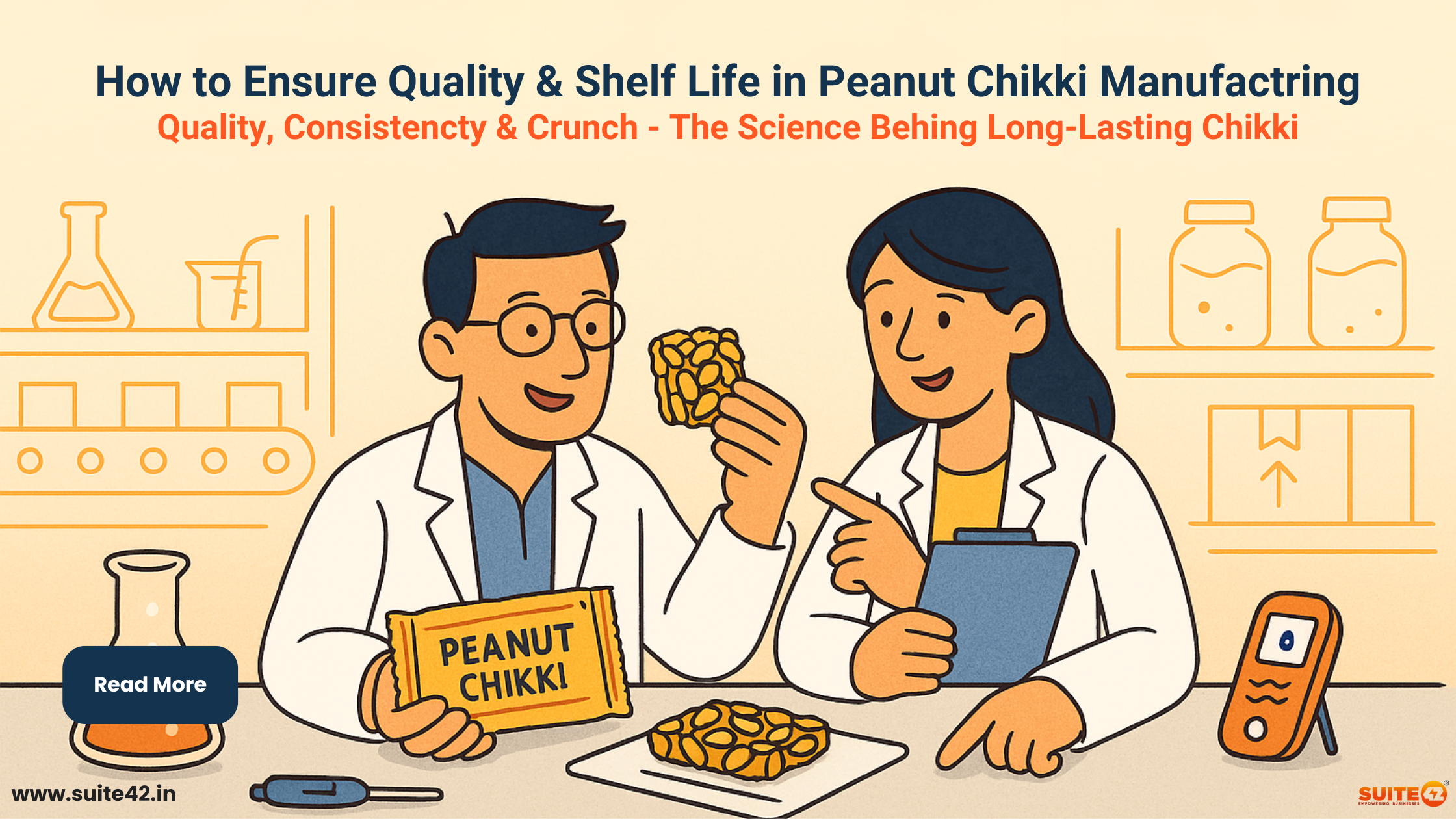
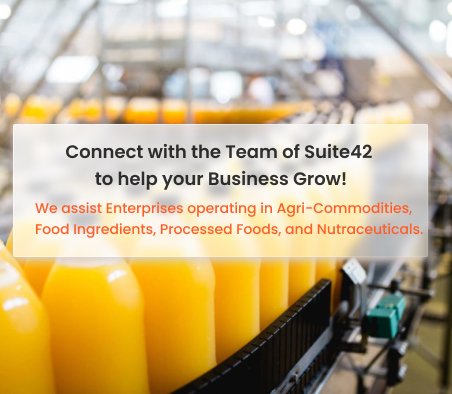
Leave a Reply